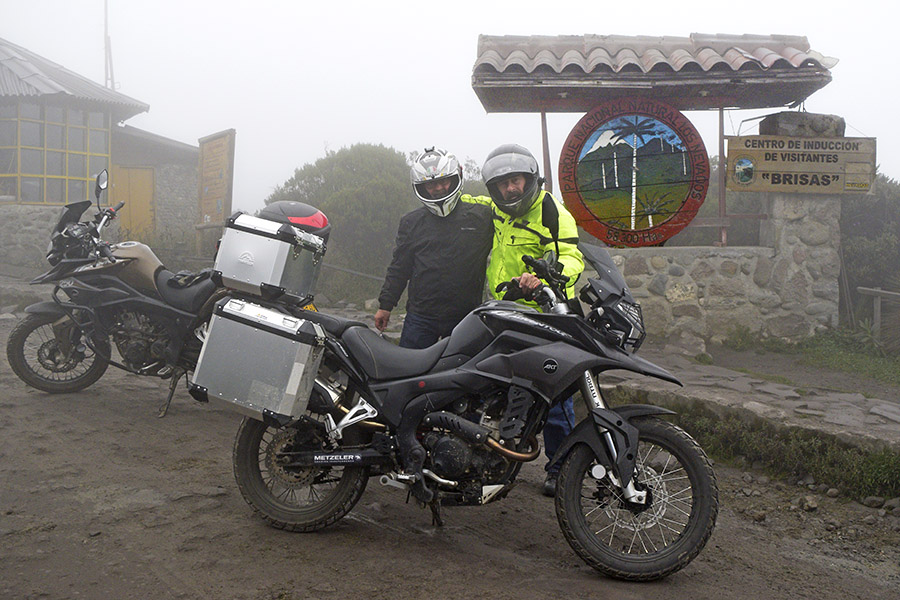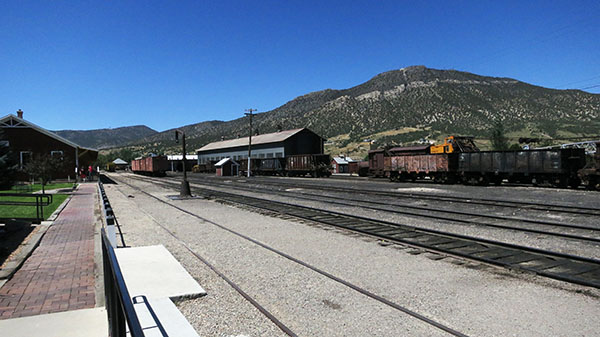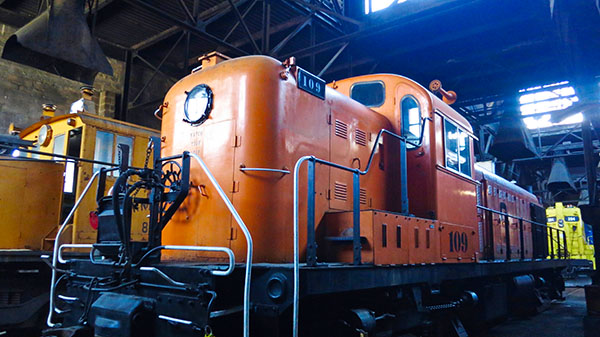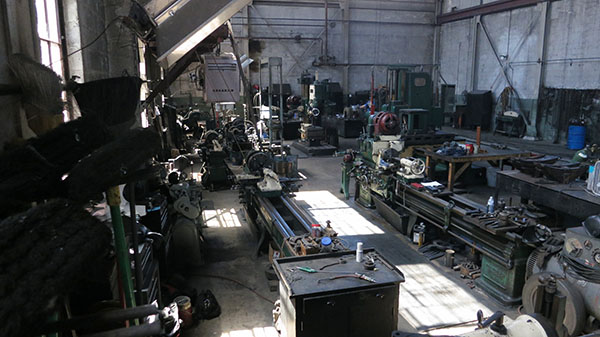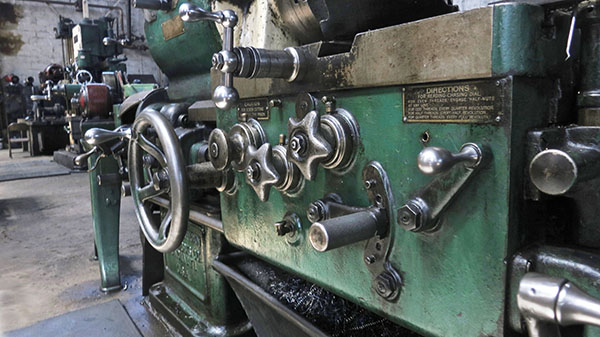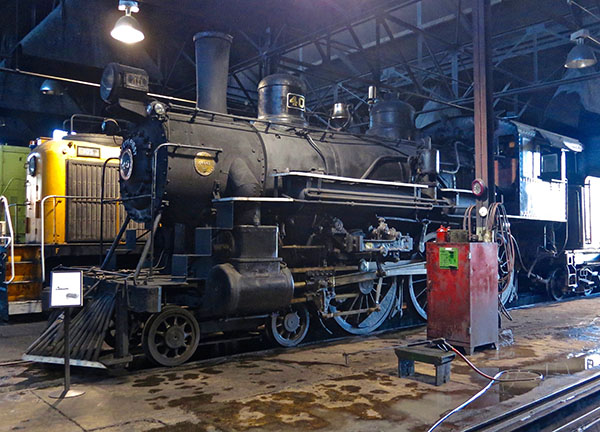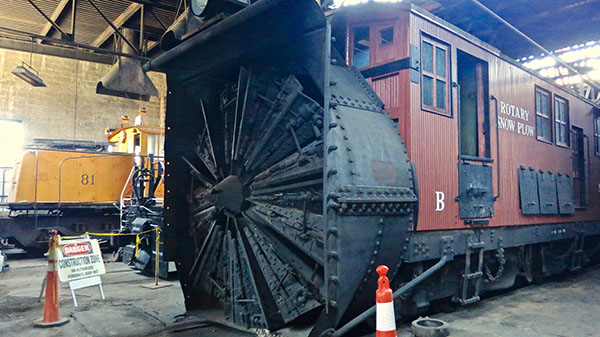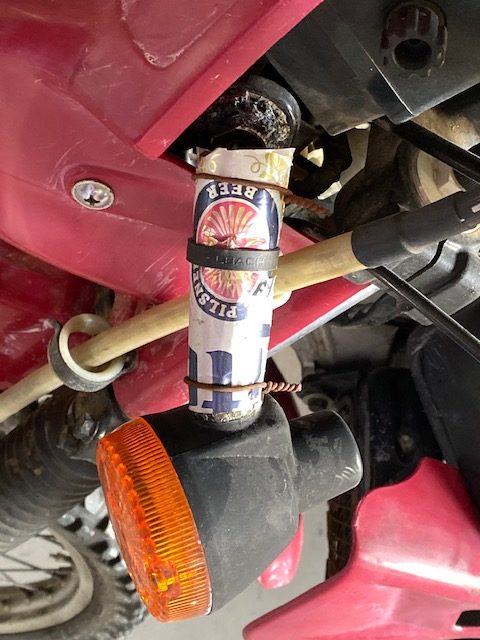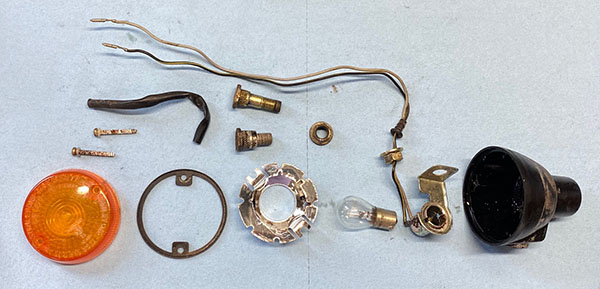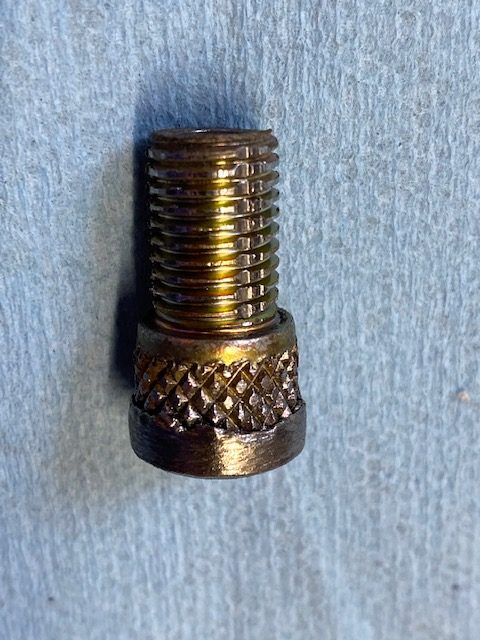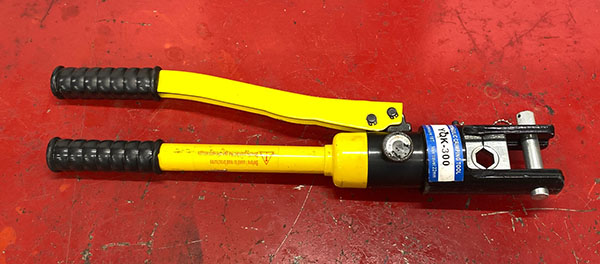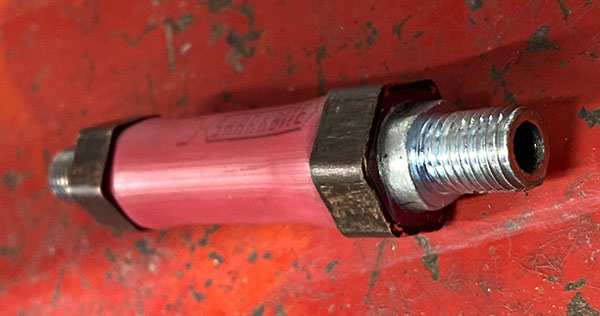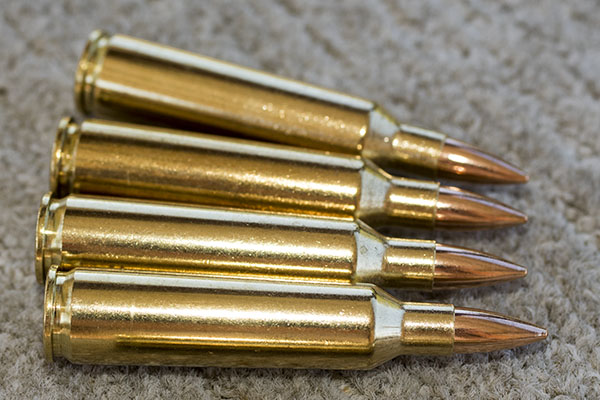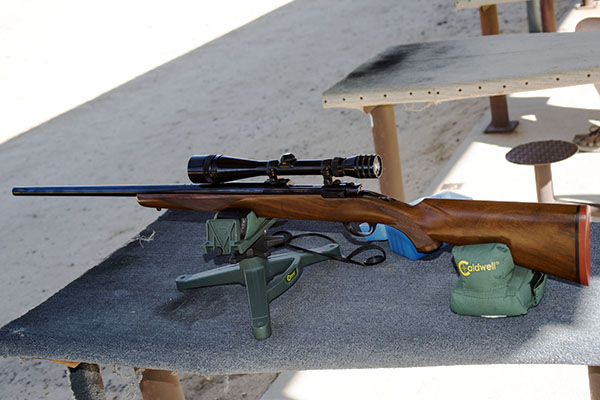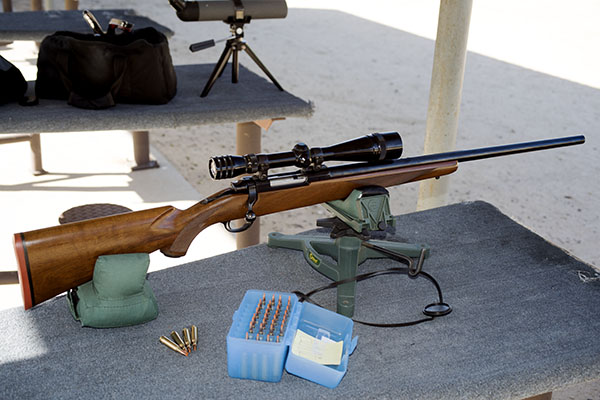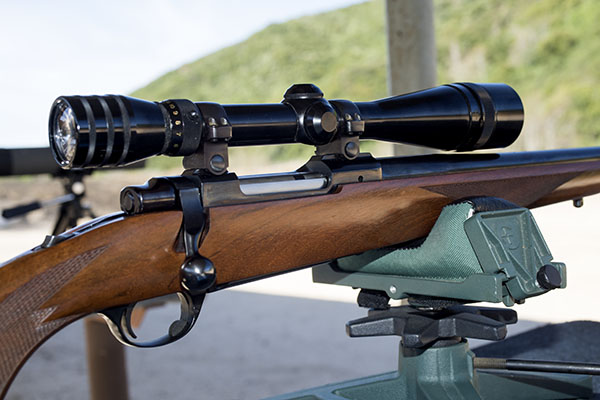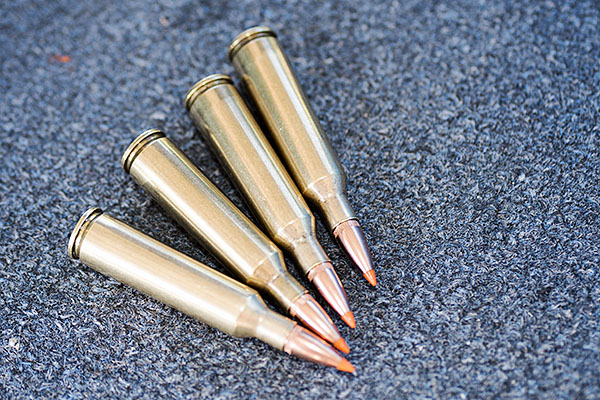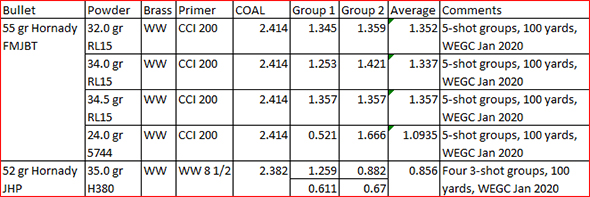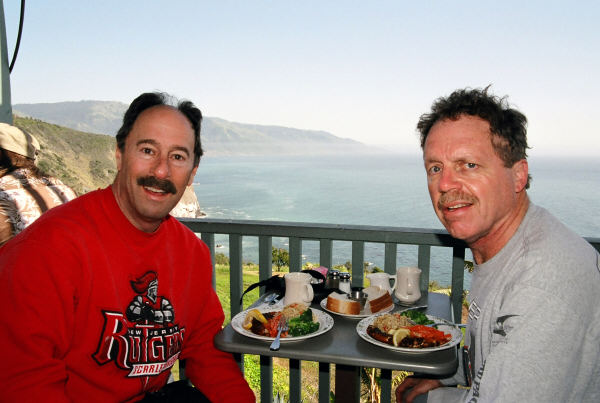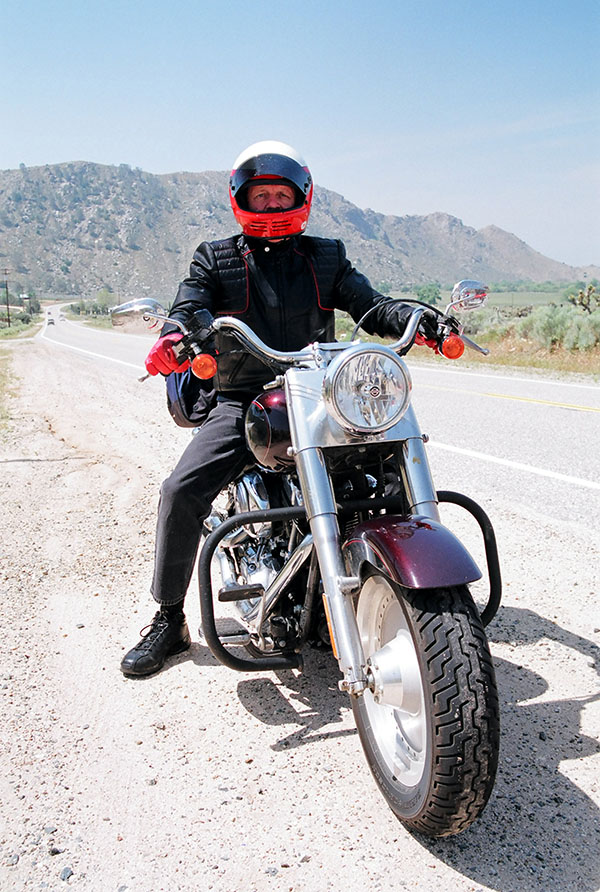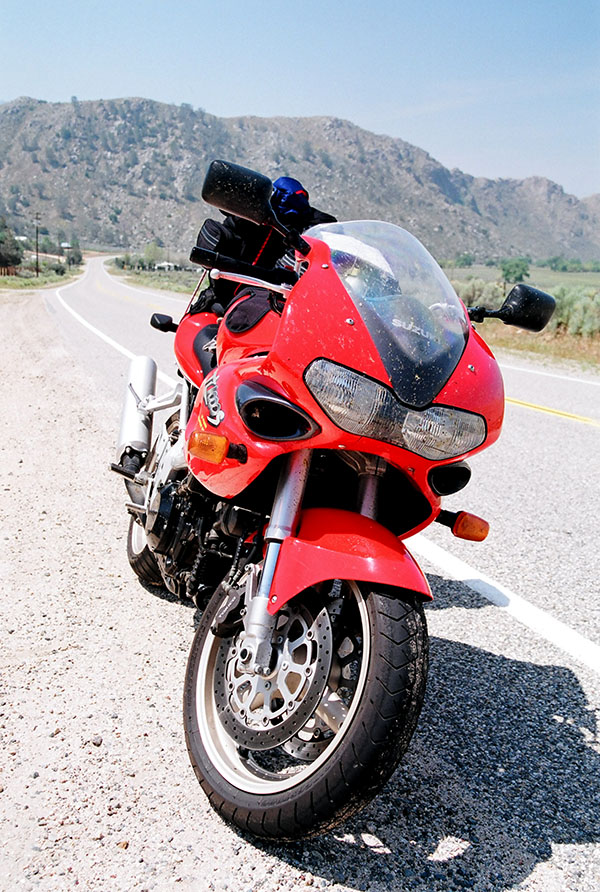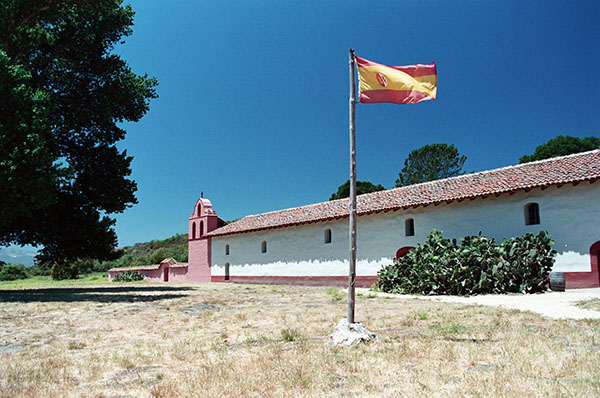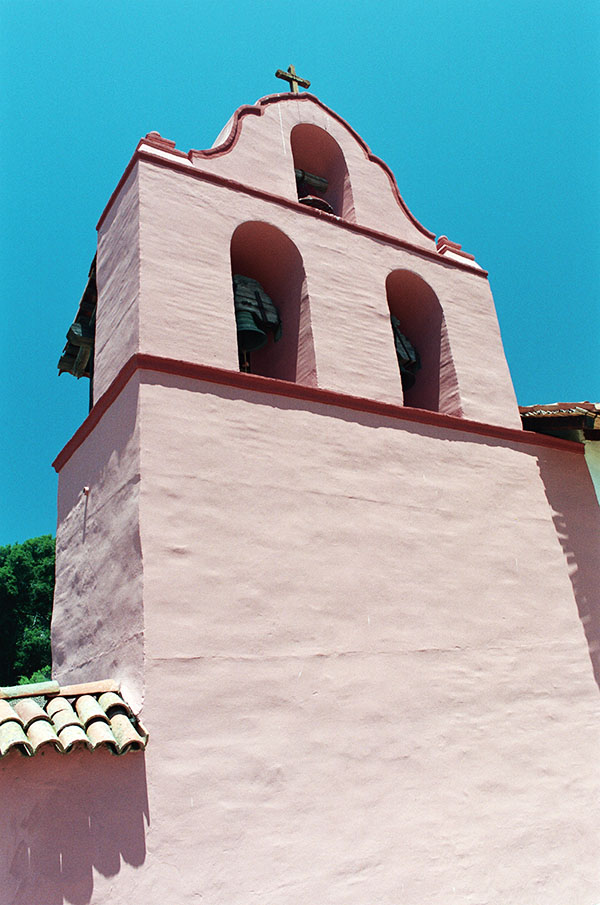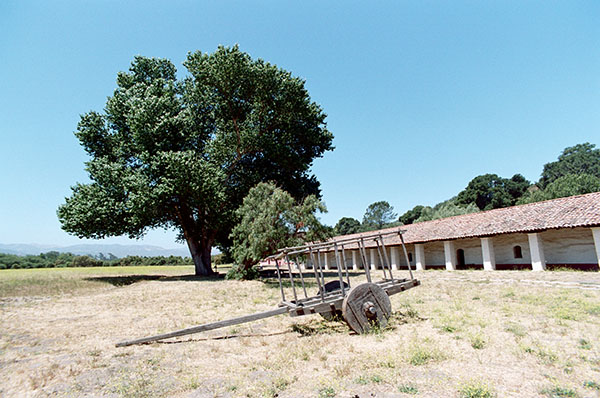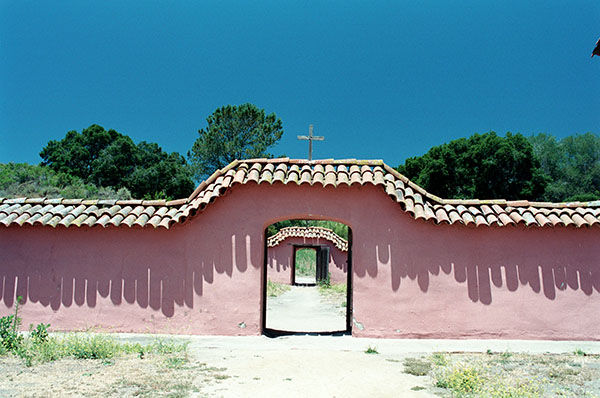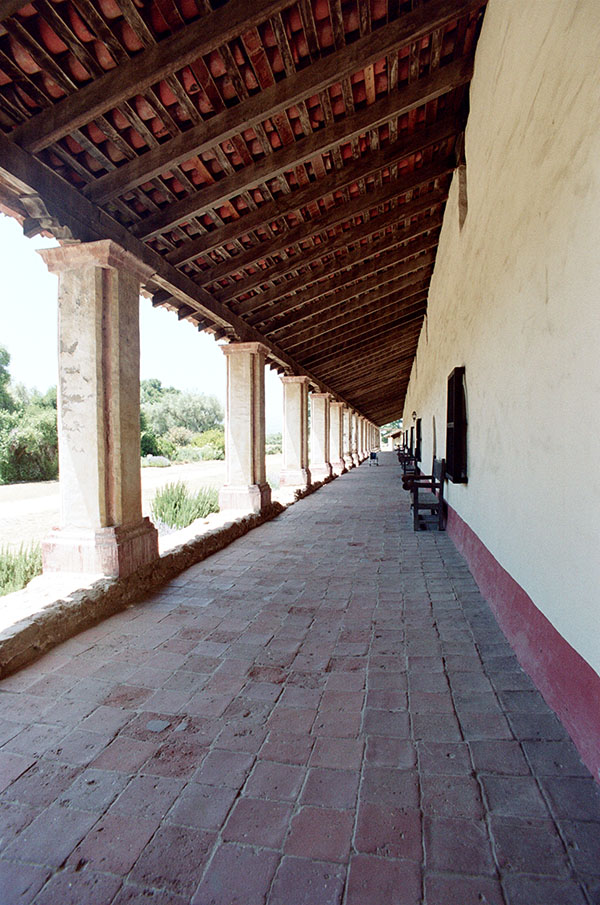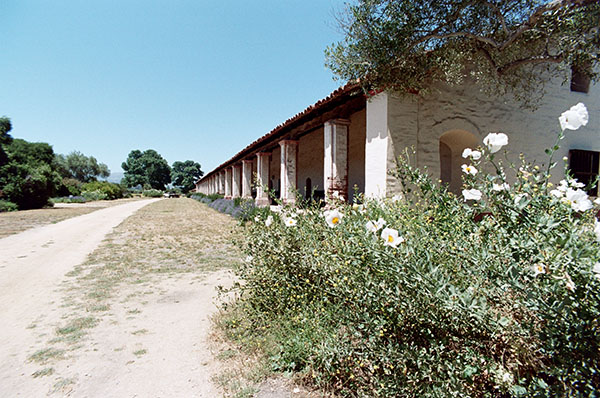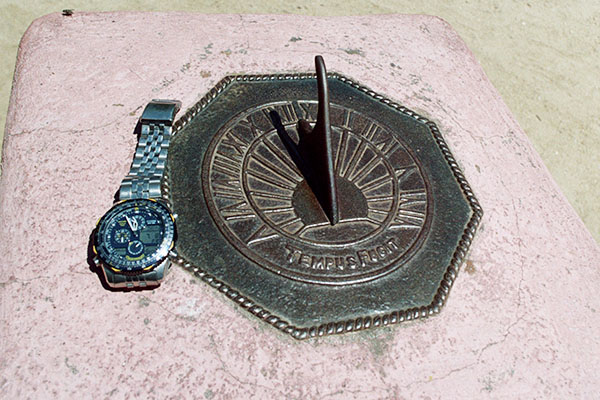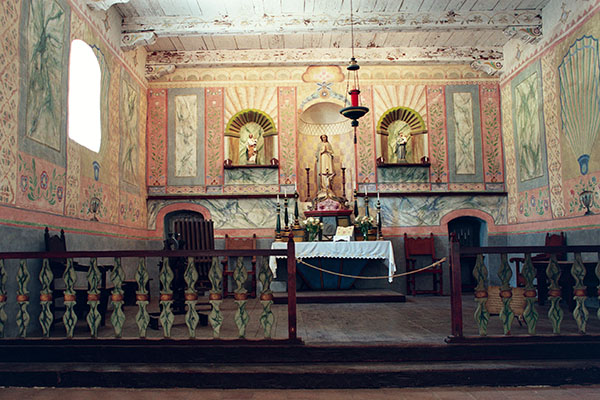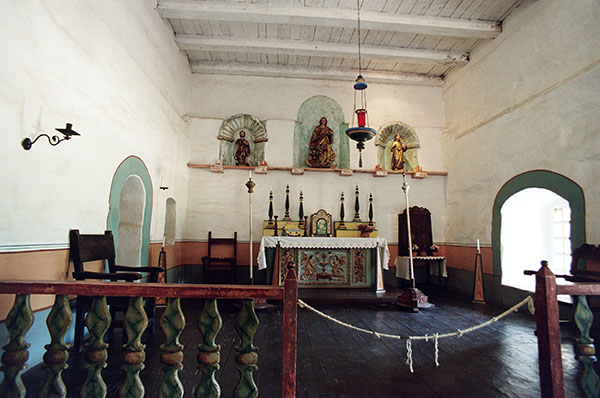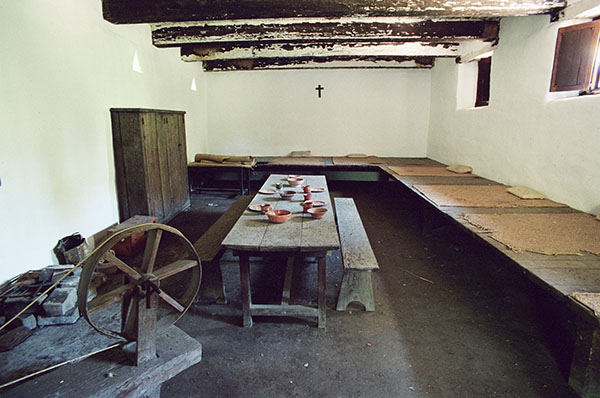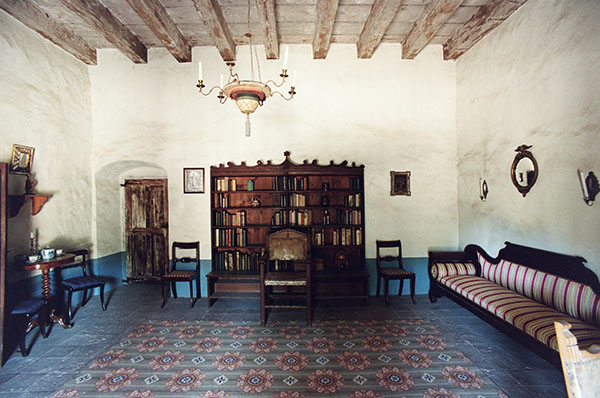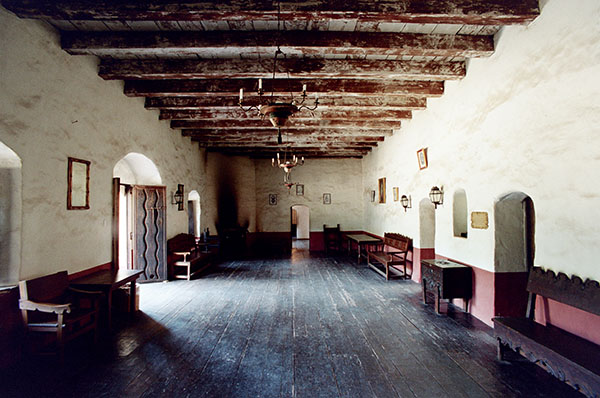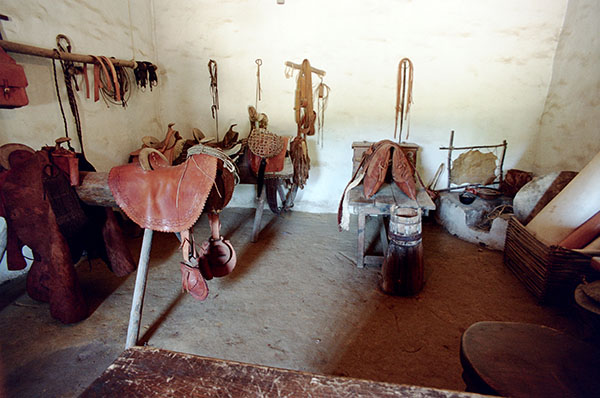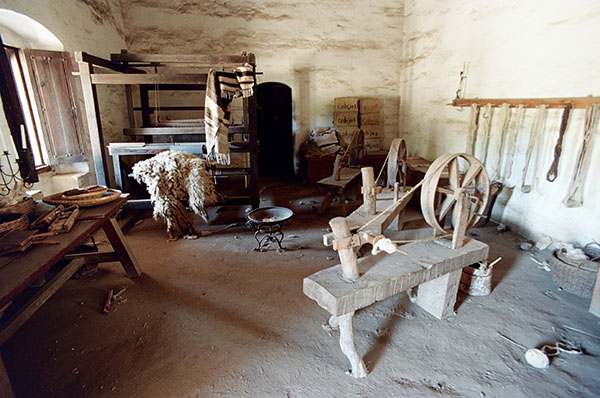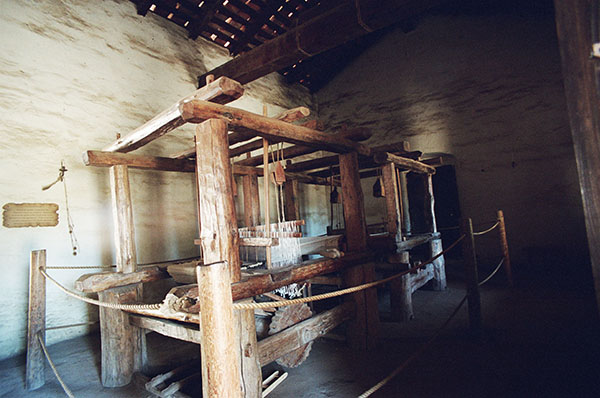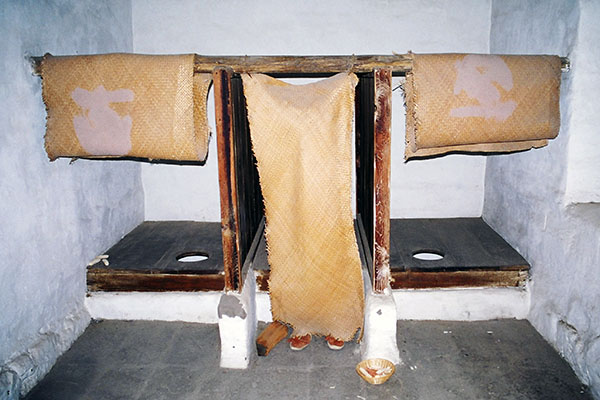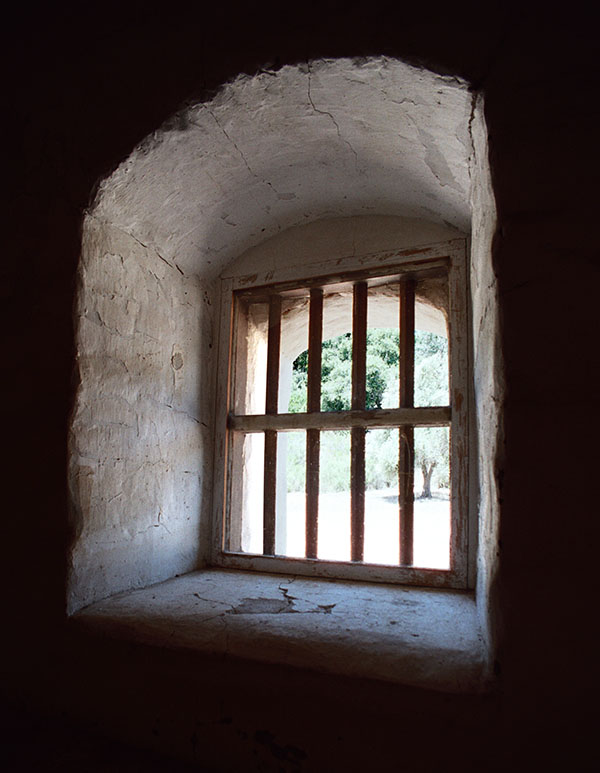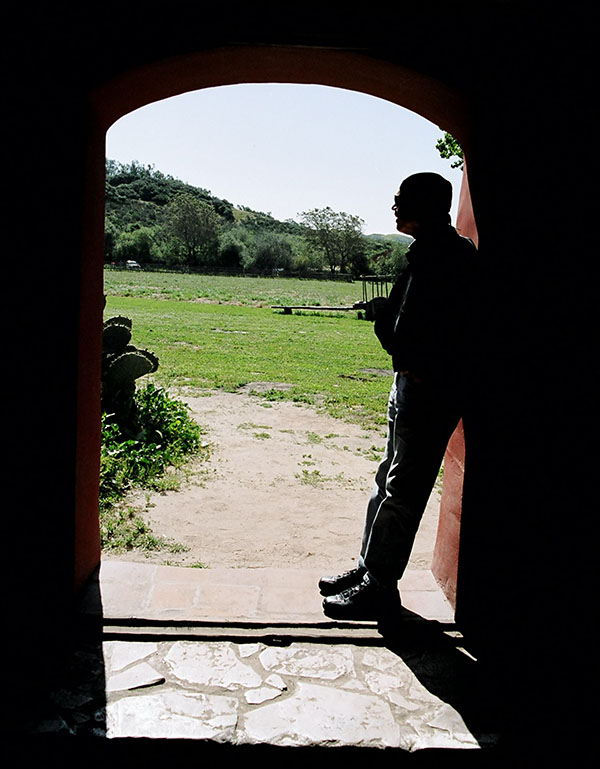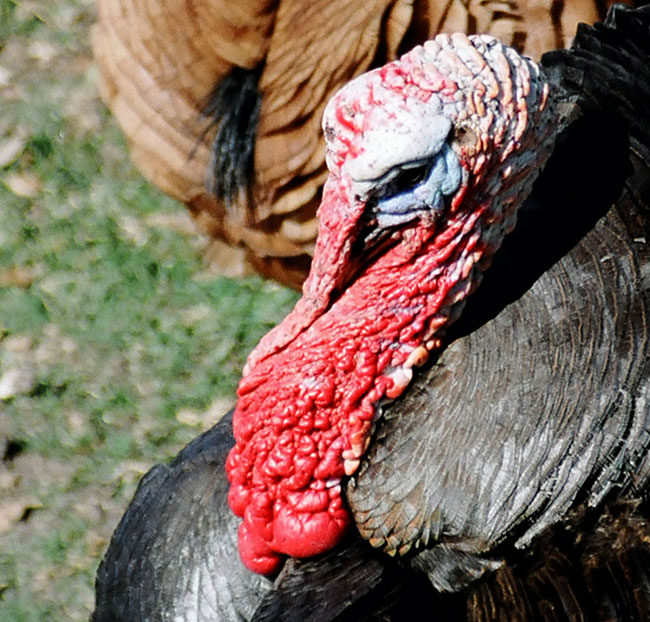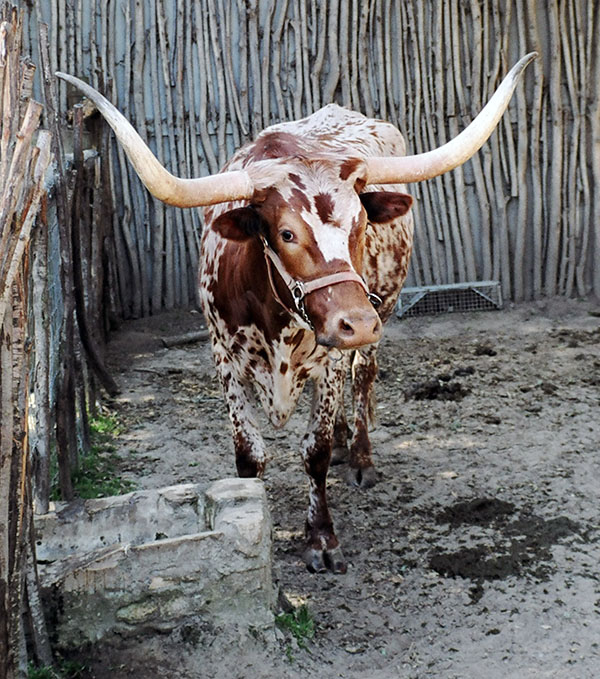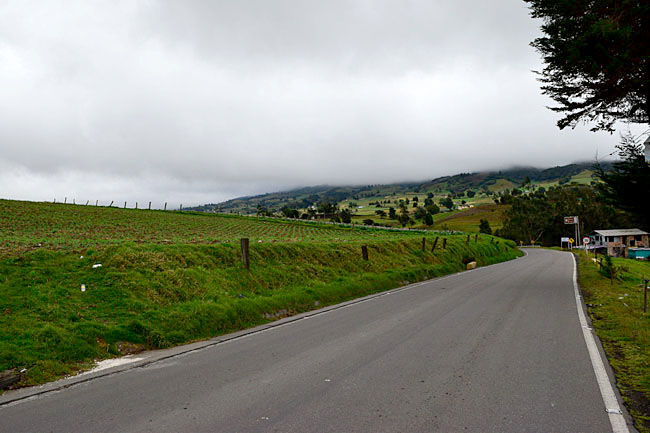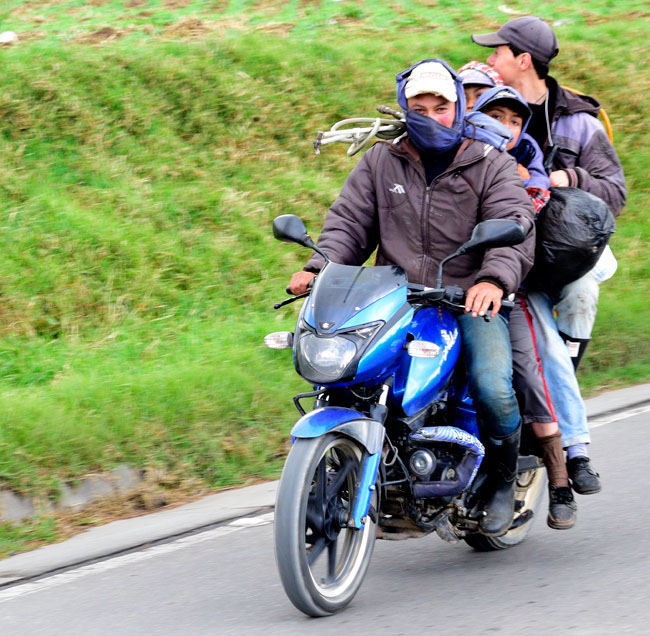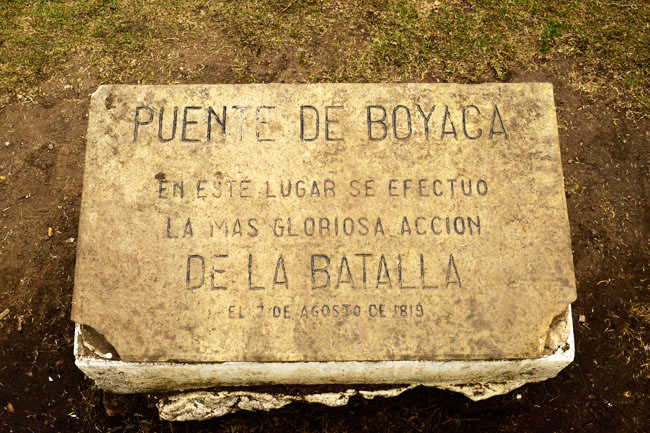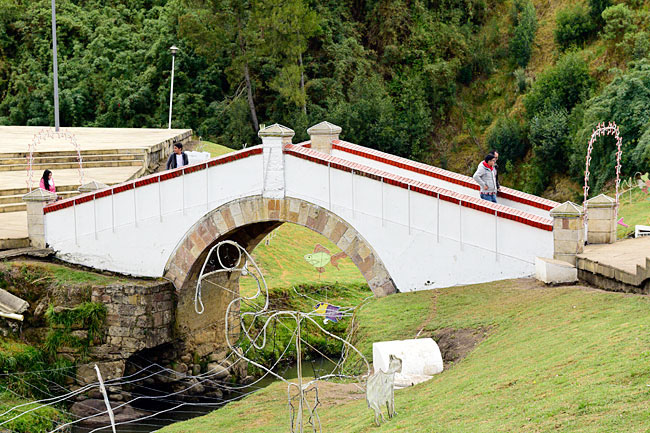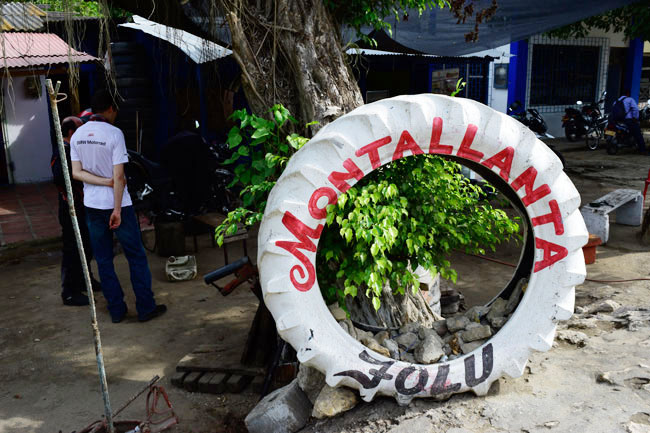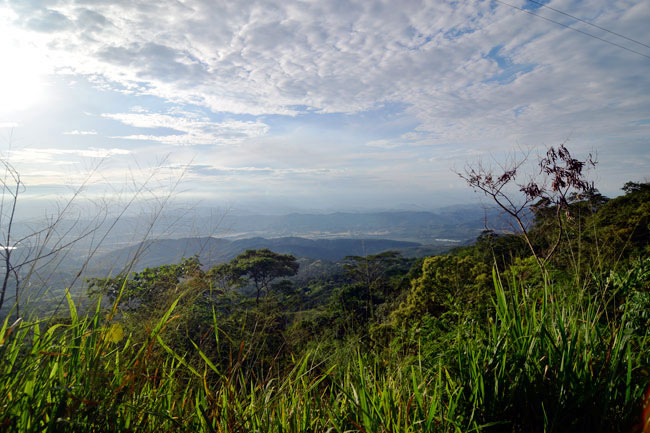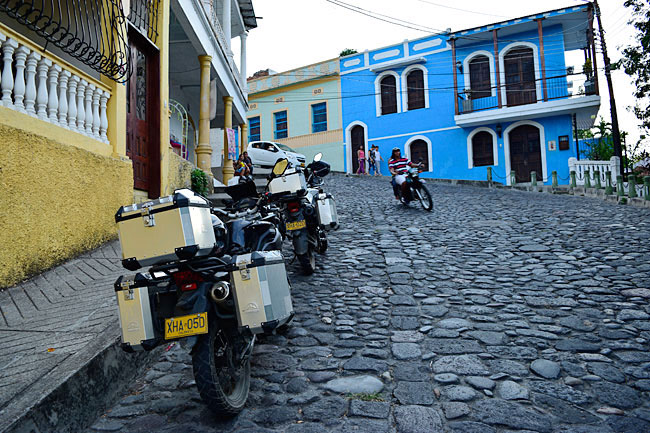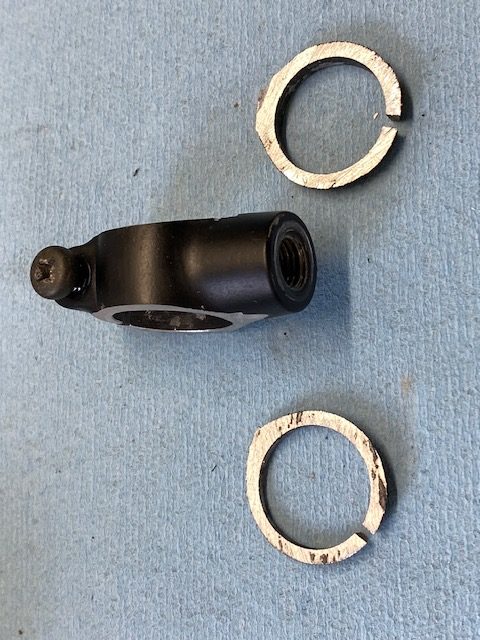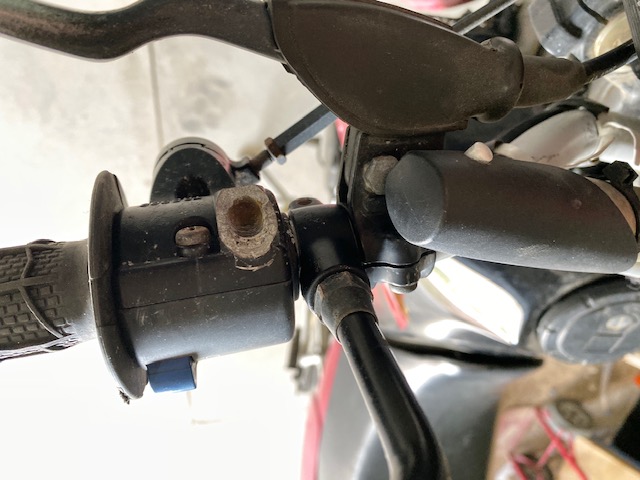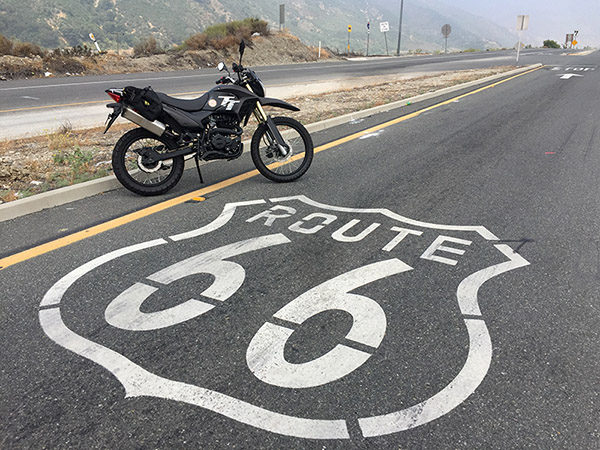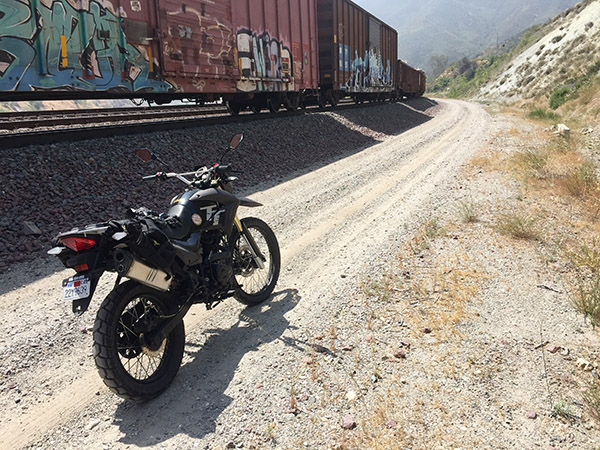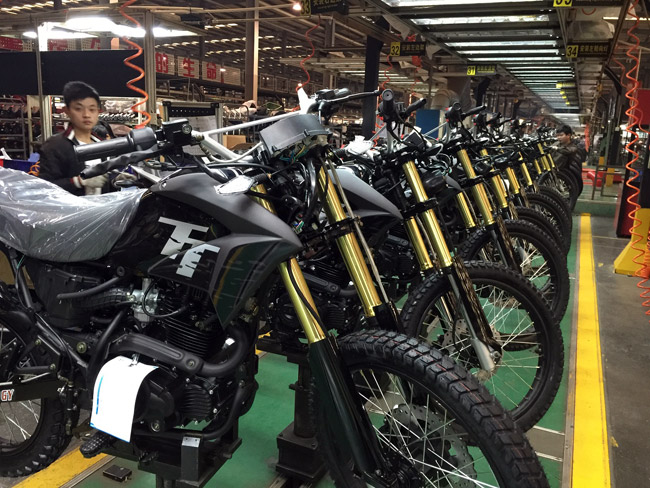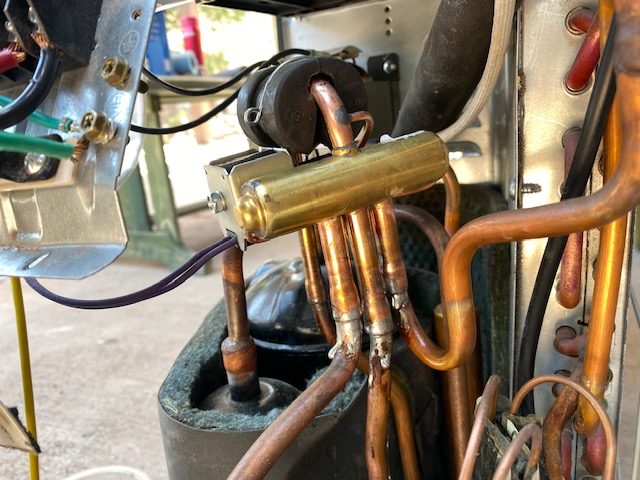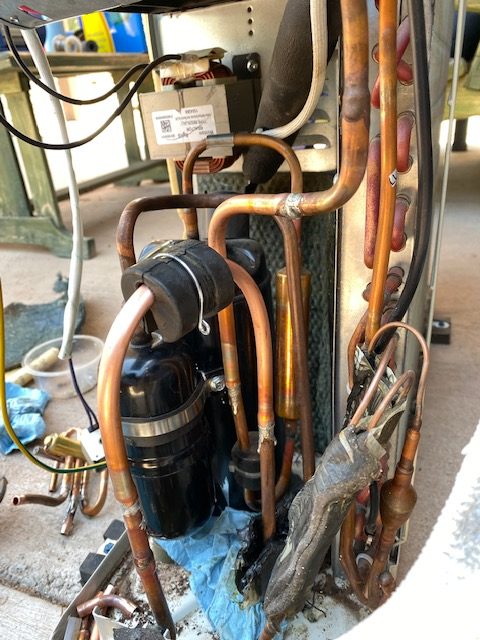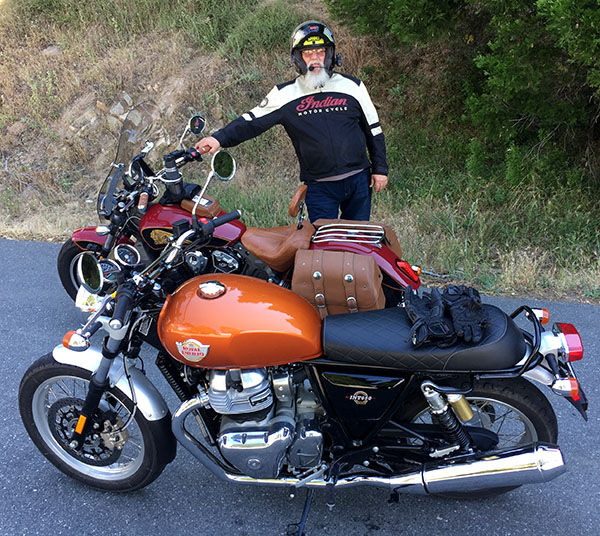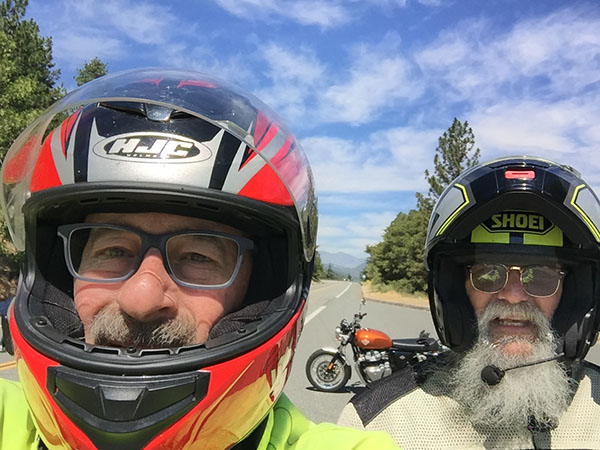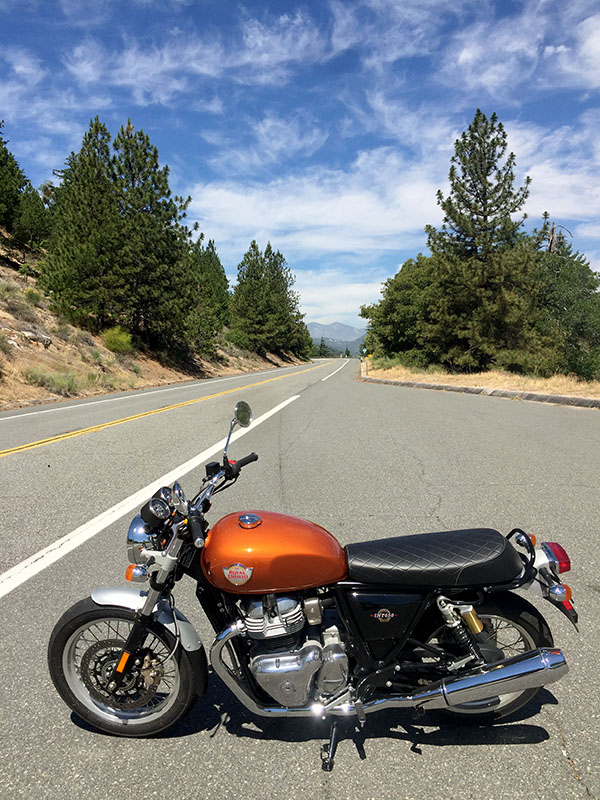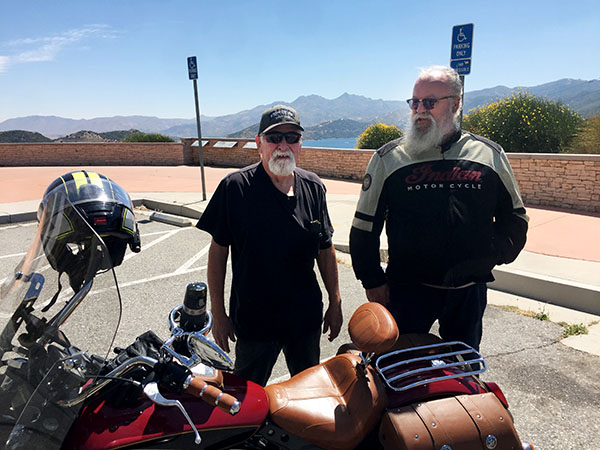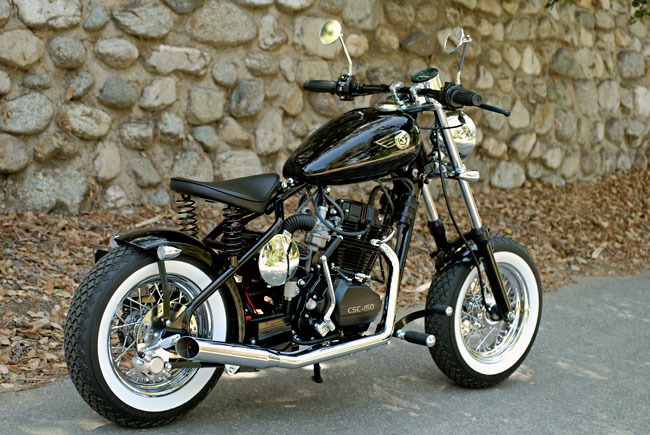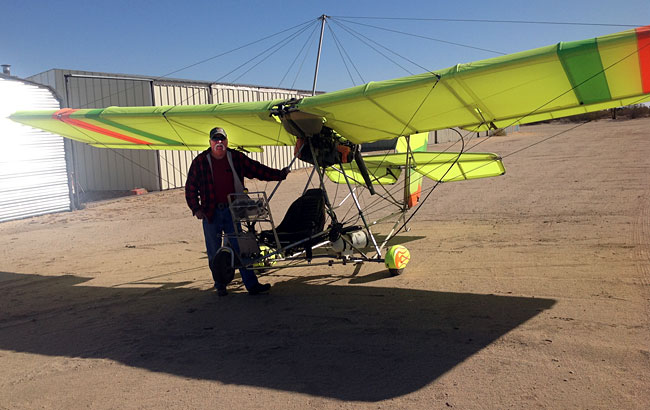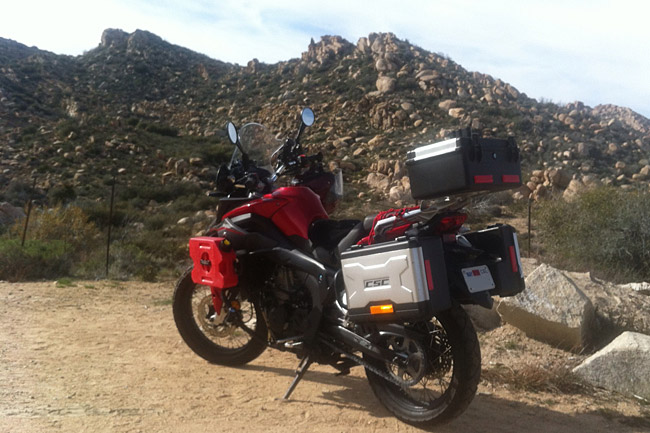On my 8th day in Colombia and 7th day on the road, we left the town of Honda and rode to the top of Volcan Nevado del Ruiz, which took us up to about 14,000 feet. It was the highest I’d ever ridden and I was surprised at how well the RS3 (the carbureted version of the RX3) was doing. But I’m getting ahead of myself…let’s get into the blog I wrote for CSC Motorcycles at the end of that fine day.
Posted on December 21, 2015
A delightful hotel, sweltering heat, more mountain twisties, freezing cold, fog that cut visibility down to 30 feet, dirt roads, riding at 13,576 feet, hot sulfur baths, and a burbling volcano that killed 23,000 people in 1985…all in a day’s ride for us.
The hotel first…it was the Epoque, a great little boutique hotel in Honda that was one of the coolest places (in one of the hottest cities) I’ve ever parked a motorcycle. It was arranged in a square around a small pool (which we enjoyed immensely the previous night). Here are a few shots of the courtyard, Juan and Carlos having breakfast, and an antique record player in the dining room…
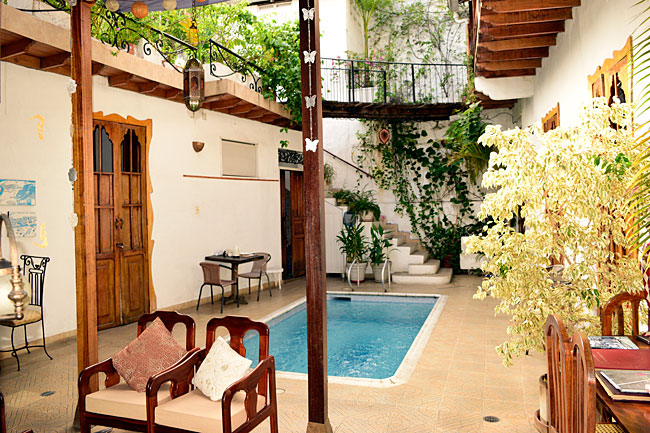

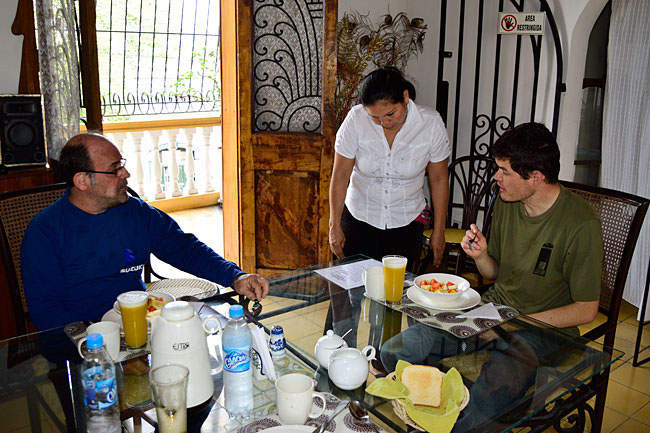
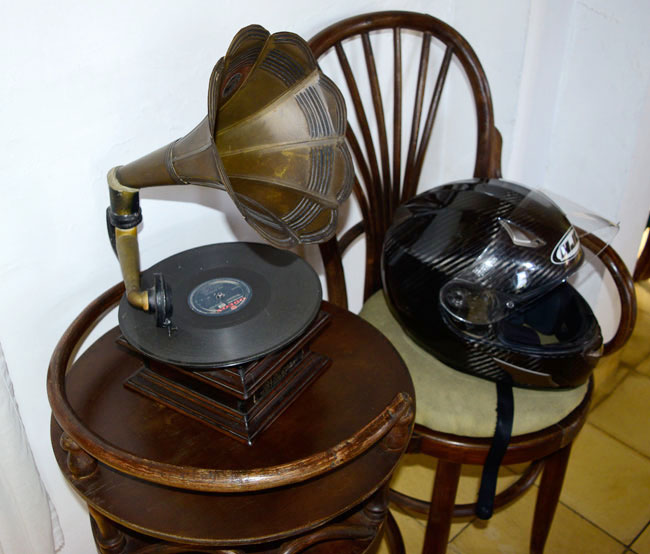
From there, it was another trials ride following the boys from Medellin as we twisted, turned, climbed, and descended cobbleboulder streets in Honda. Juan took us to the first bridge to ever span the Magdalena River, where I grabbed this shot of a Colombian woman taking in the humid morning air of Honda…
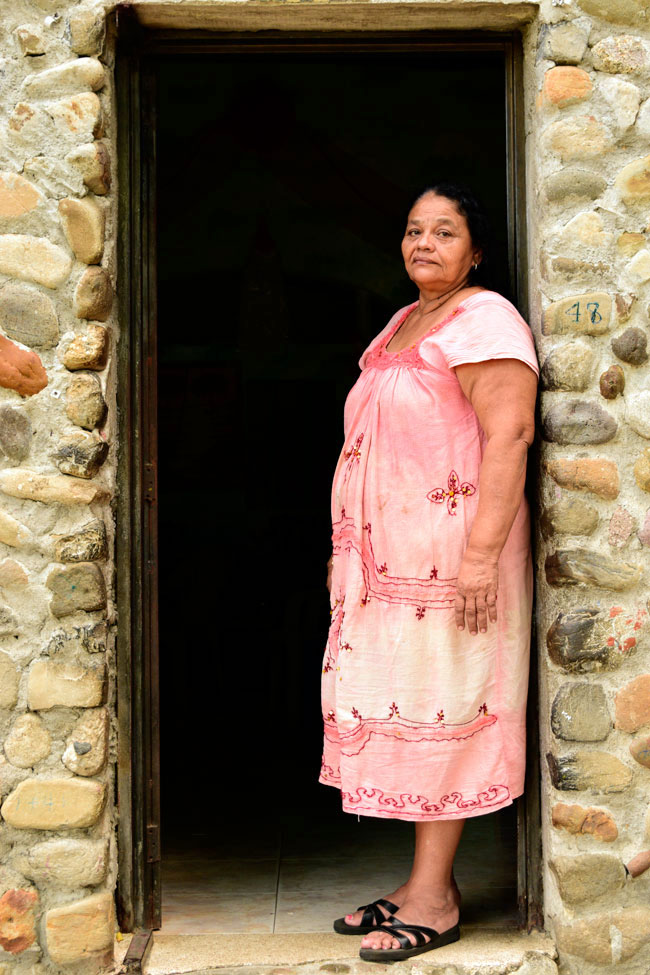
Here’s the bridge. It has planks across the bottom as the road surface. It’s real Indiana Jones stuff….

We saw the Magdalena River museum, and stopped in to check it out. Folks, it was hot. I was soaking wet by now, drenched in sweat.
The museum was interesting and it had some bizarre art. This guy reminds me of a boss I had a couple of decades ago…
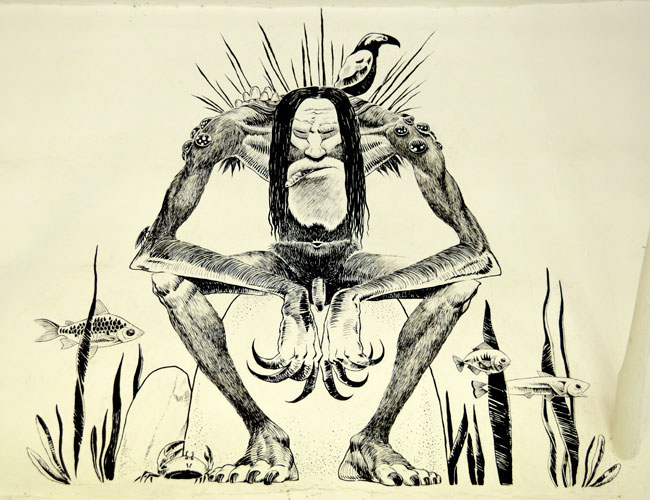
The Colombians used steamships on the Magdalena, just like we did on the Mississippi River.

We left Honda and started to climb. The temperatures dropped mercifully. We stopped in Fresno. Yep, Colombia has a Fresno, too.
That’s me in the town square. I’m the guy on the right.
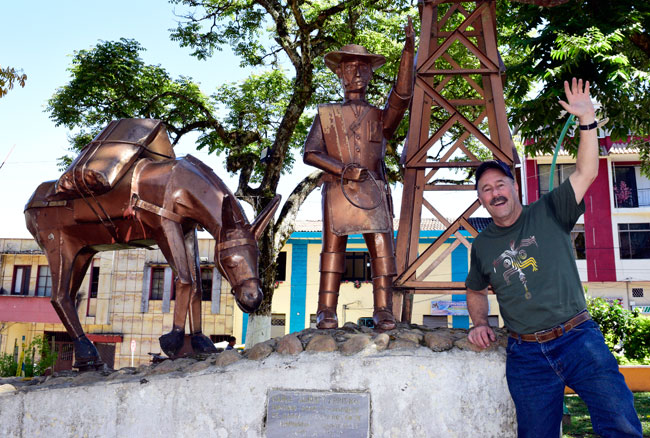
Two young ladies in a small store in Fresno.

As we were sipping energy drinks, Juan pointed out our destination for that evening, the Volcan Nevado del Ruiz. It was showing a little steam, and I stuck an arrow in this picture so you could see it.
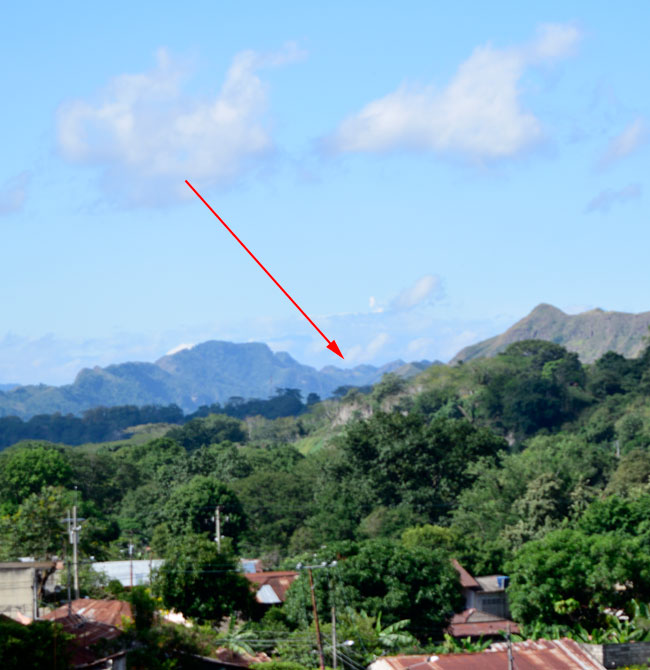
We continued our climb. The roads were magnificent.
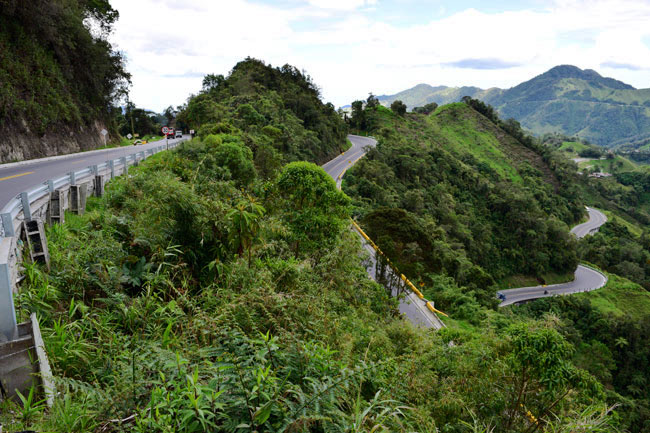
The photo below shows my front tire, with chicken strips that are about as small as I’ve ever been able to make them. I was getting better at keeping up with the Colombian motorcycle community.

Our riding positions are Juan, me, and Carlos. Juan is amazing. I’m struggling to keep up in the twisties, and I know he’s dialed it back for me. He’ll ride through the corners (and the roads are all corners, folks) standing on the pegs. At one point, we were taking a set of curves at speeds way above those at which I would normally ride, with the bikes leaned over at an unimaginable angle, when I looked ahead and saw Juan. He was standing on the pegs, similarly leaned over, and while all this was going on, he was reaching back to check the latch on one of his saddlebags as if it was the most normal thing in the world to do. The guy is an incredible rider.
As we continued to climb, we entered the clouds. Literally. We left the pavement and got on a dirt road headed up to the volcano.
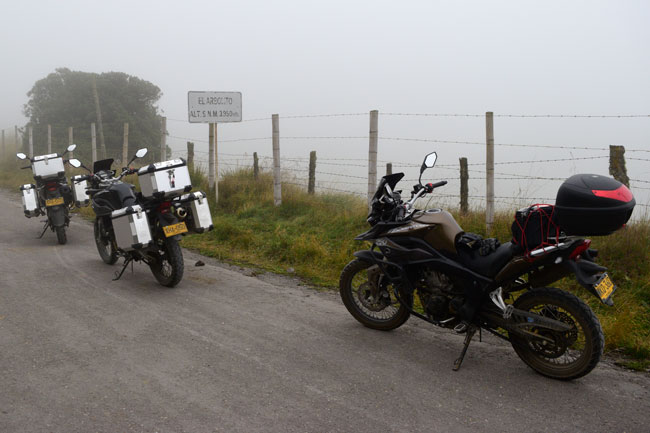
4,138 meters! That’s 13,576 feet, and it’s as high as you can go on a motorcycle anywhere in Colombia. Juan told me he once did this ride on a Yamaha DT100, carrying a passenger on the back!

That’s not dirt on my RX3, folks. It’s volcanic ash. This was not your typical motorcycle ride.
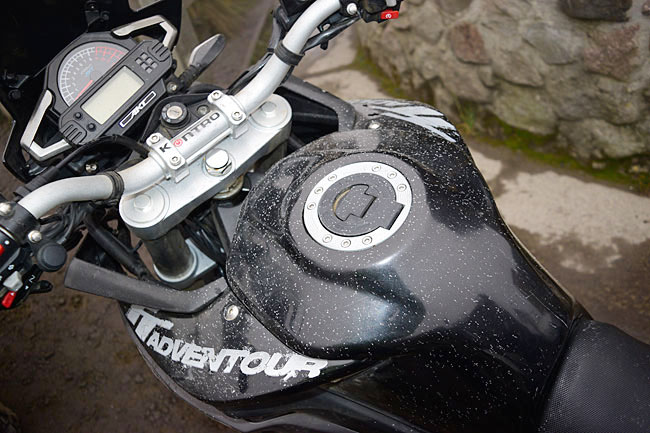
Yours truly, posing with Carlos, on the top of the world, on top of a volcano with indigestion. Wow. This volcano is the very same one that blew in 1985 and wiped out an entire community. It was like Pompeii, as the guys explained it to me. 23,000 people lost their lives in that event. And here we were, riding in conditions where I could barely see Juan’s tail light in front of me, on dirt roads, in bitter cold. Wow.

Here are a couple of shots showing my helmet and my jacket, dusted with Volcan Nevado del Ruiz ash.

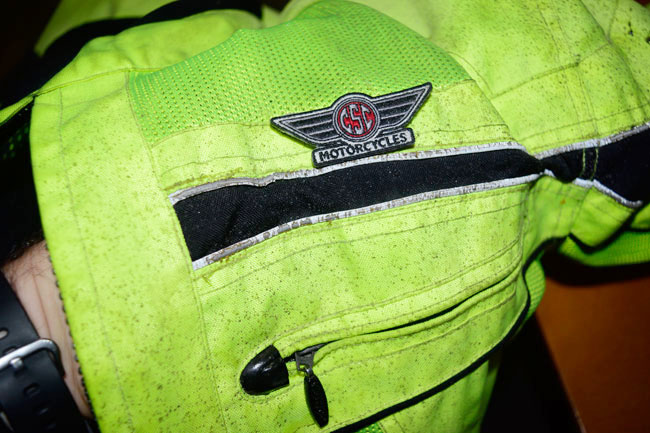
We left the volcano, rode another 20 kilometers on this dirt road, and found our hotel in the middle of nowhere.
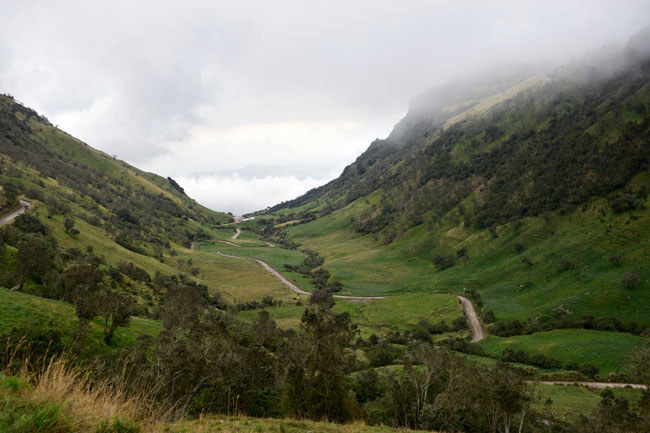
The hotel had hot springs, and they were awesome. I had a good soak, we had dinner, and that was the end of Day 7 on this epic journey.
Today is our last day. We’re finishing our great circumnavigation and headed back to Medellin. Much of our ride today will be on dirt. I’ll take a few shots and post about it tomorrow.
Later, my friends.
You can read the earlier blogs from this great trip, and a few other moto adventures, here on our Epic Rides page!
Please click on the popup ads!
Never miss an ExNotes blog:

